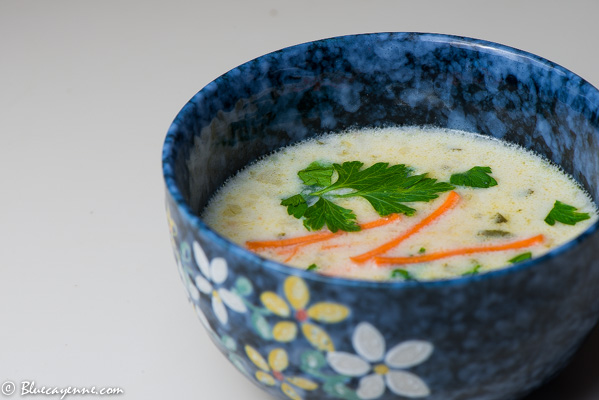Red Pepper-Ricotta Pesto
One of my favorite cooking magazines, Cook’s Illustrated, runs a quirky “Quick Tips” column that I love. In a two-page spread in each issue, cooks around the country send in ingenious “hacks” they have developed to get around some of cooking’s daily annoyances. (Did I…


